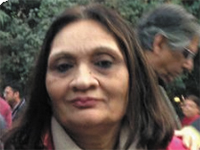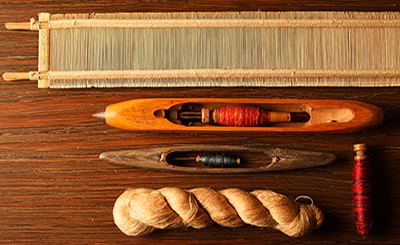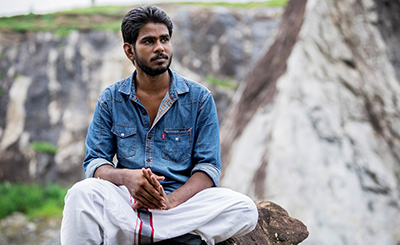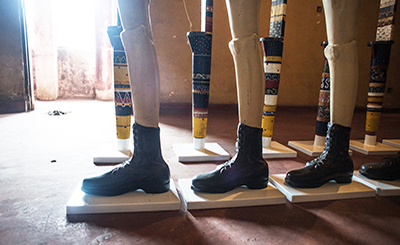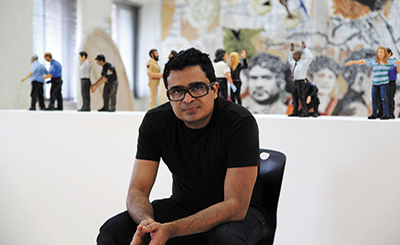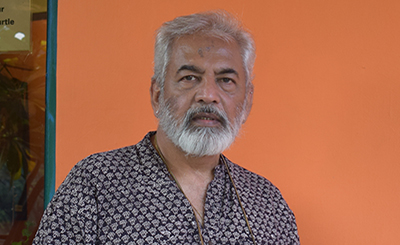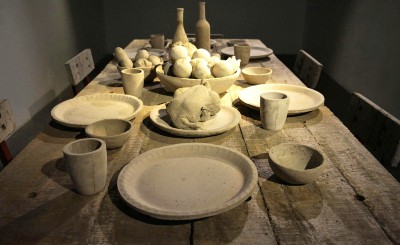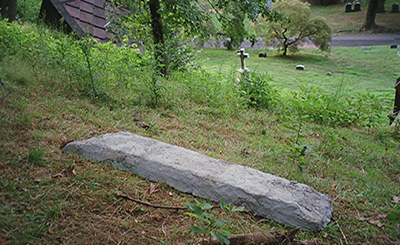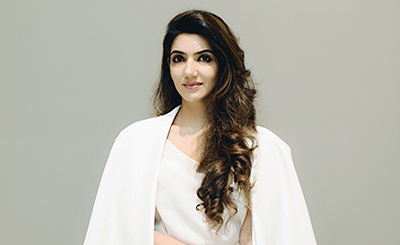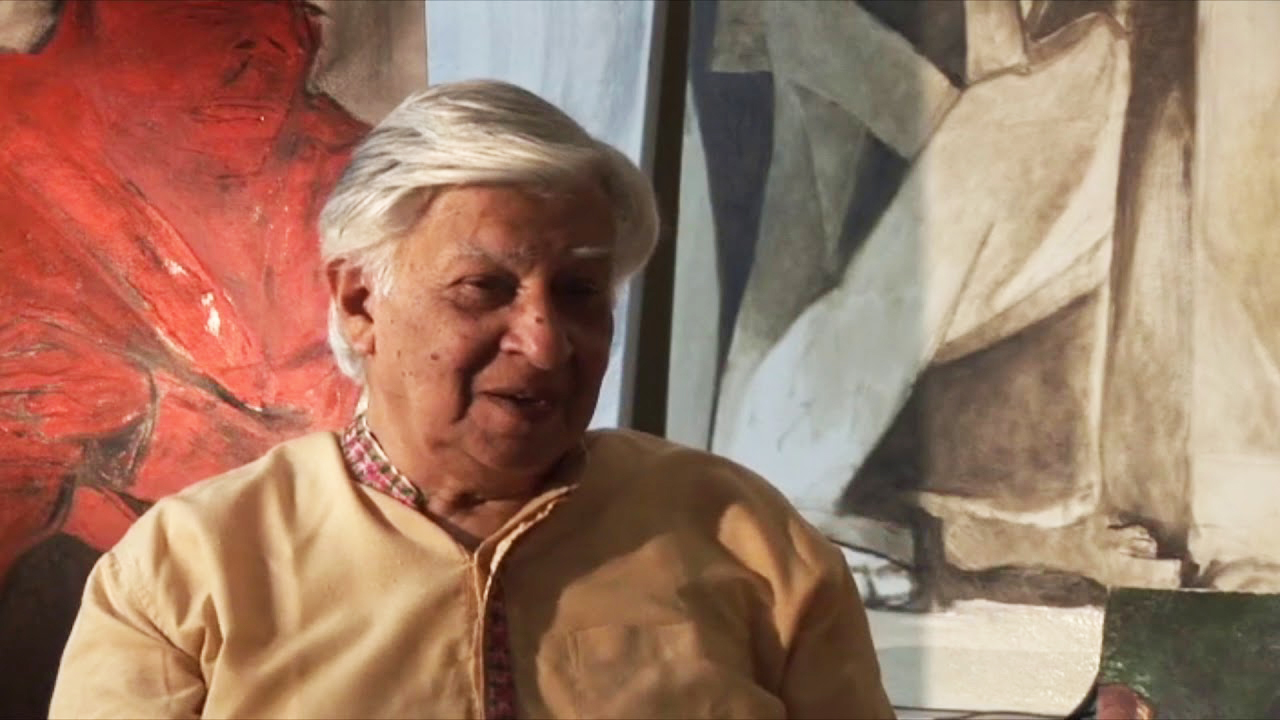
Krishen Khanna. Photo: Dhomimal Art Gallery; (Below) Paintings and sculptures by Khanna.
The artist’s oeuvre reflects a distinct sensitivity to the suffering of mankind. He translates his empathy into paintings and sculptures of marginalised labourers, musicians, refugees and bandwallas
It has been such a long journey for artist Krishen Khanna. After over six decades of making art, he is still at it, portraying on his canvas several worlds — some steeped in a burst of colours, others in just black and beige. He continues to give an expression to his compassion for humanity — one painting or a sculpture at a time. The Artoholics and Grosvenor galleries celebrated Krishen Khanna’s 95th birthday with an exquisite exhibition of the artist’s works titled “Krishen Khanna 95” in New Delhi. In his works, the artist sees the world through colours, and, through his mastery, transports the viewer to another world. Khanna’s creative energy explodes on the canvas as he manipulates his powerful brush to create exquisite paintings. In this exhibition, through oil on canvas, black and white photographs and sculptures, Khanna converts ordinary situation of the common folks into extraordinary pieces of art.
Khanna was deeply influenced by the Partition. He moved to India in its aftermath, and always maintained a deep affinity with the ordinary man, portraying him with empathy. The artist’s sensitivity to the suffering of the mankind has been translated into paintings of marginalised labourers, musicians, refugees and bandwallas. He empathised with the human side of Christ and created a wonderful series from The Last Supper to Emmaus validating the trials and tribulations of Christ.
Khanna studied art at the Imperial Services College in Windsor, London and later joined Sheikh Ahmed’s Studio One in Lahore to learn drawing. He joined Grindlays Bank and was posted in Mumbai where he continued to paint. The first piece that brought him recognition was News of Gandhi’s Death. In this painting, the artist captured the anxiety of the people as they read their newspaper announcing the Mahatma’s death. The artist maintains that even today, after so many years have passed, he vividly remembers the sad day he heard the tragic news of the Gandhi’s death, and had to translate his feelings on canvas. This groundbreaking painting changed the course of the artist’s life and he was invited to join the Progressive Movement in the august company of MF Husain, FN Souza, Ram Kumar, VS Gaitonde, SH Raza and Bal Chhabra. In 1961, he made the transition from a Sunday painter and became a full-time artist after giving up his bank job.
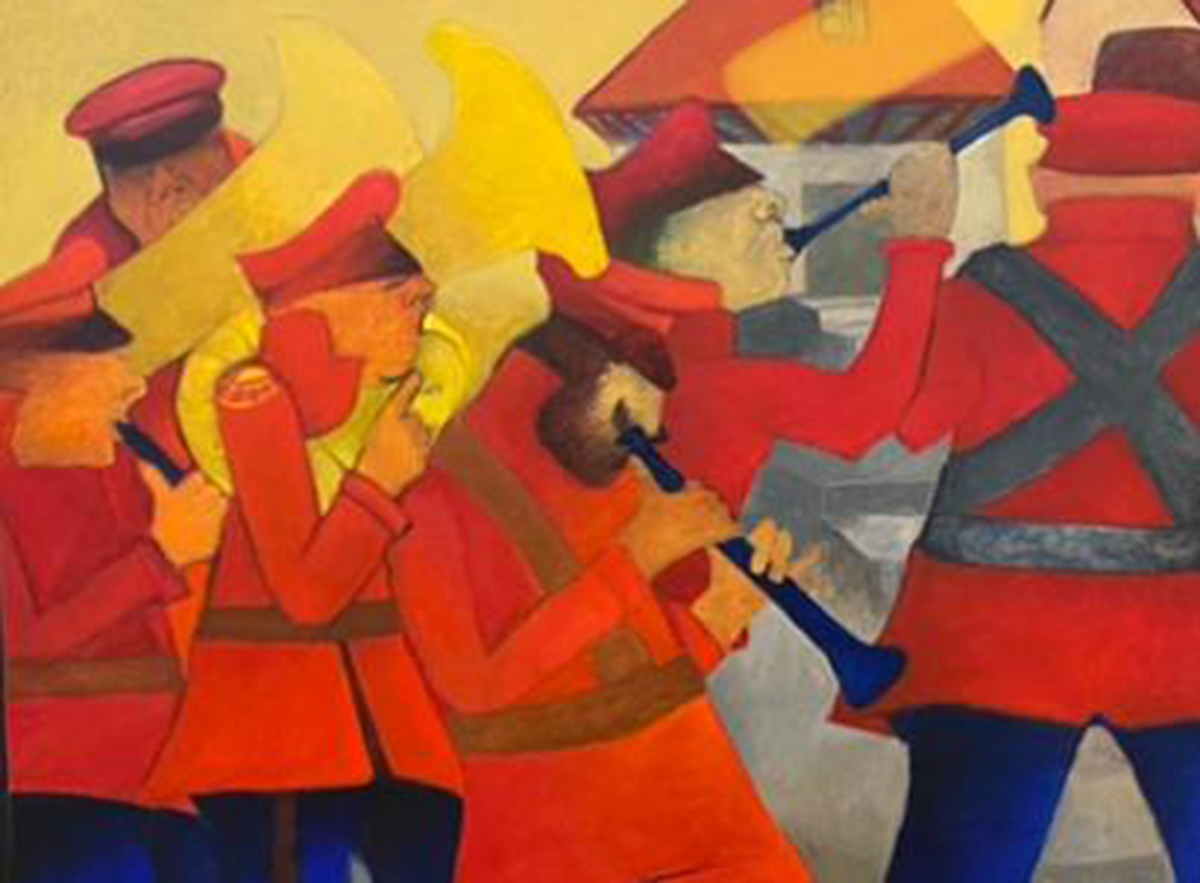
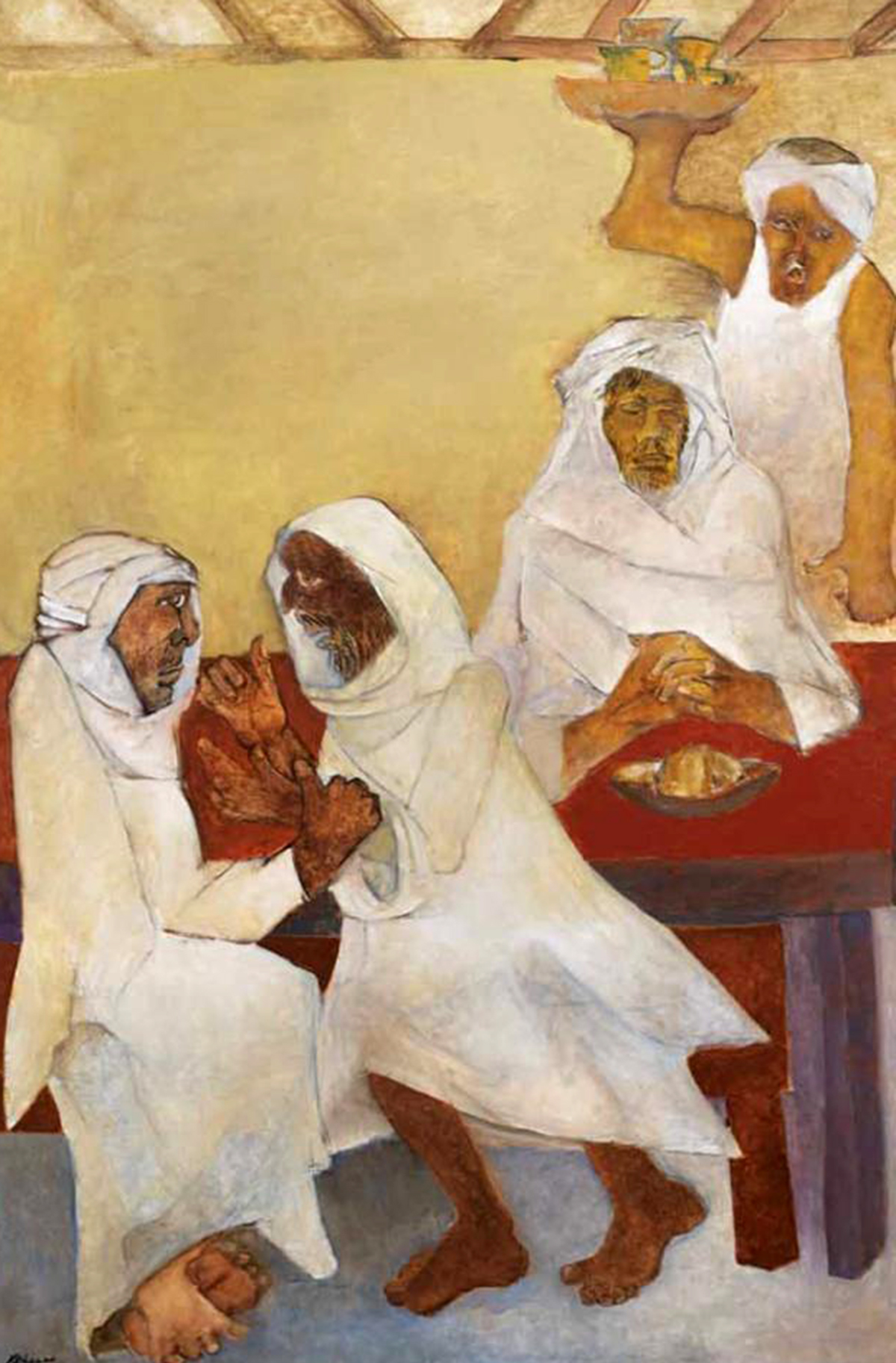
A deep understanding with the fellow artists developed and his Memorial endorsed his affinity and affection for them. In this painting, he actually featured other members of the Progressives, like Husain, Raza, Kumar, Gaitonde and Chhabra.
Leonardo da Vinci’s 15th century mural Last Supper fascinated Khanna and he tried to paint it from when he was as young as seven years old. His interpretation of this masterpiece shows the apostles and Jesus around a table. He has captured their expressions and the drama of the event in his inimitable style. Khanna’s Christ was minus a halo as he made him as human as possible, quite on the lines of the usual workforce and labourers. He delved more on Christ in his “Emmaus” series. His compositions unfolded several stories that revealed the human sentiments of love, hate and betrayal.
From muted colours of the Christ series, Khanna moved on to the bright reds of the bandwallas series. For Khanna, the bandwallas were also marginalised people. They were hired by the wedding procession to provide music, but were not expected to partake of the fun. Khanna has captured different aspects of the band, playing alone or in a group. Dressed in worn-out uniforms, they were used to elevate the middle-class gentry’s sense of gaiety. However, their own well-being was of little consequence to those who employed them.
It is Khanna’s compassion for the weak and the underprivileged that emerged in the bandwallas as well as his compositions of the labourers, like The Good Samaritan, which depicts a man helping a poor wounded man with water, umbrella and holding him up... The artist’s sensitivity and lyrical flow of lines arrest the grim situation in black and beige hues.
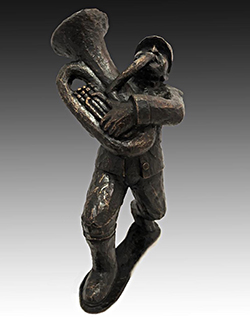
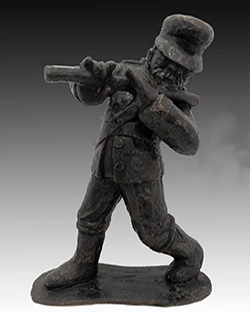
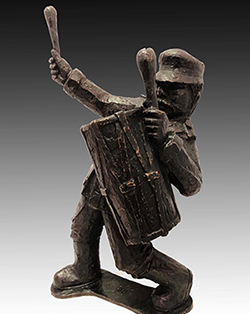
Musicians have always fascinated the artist. During his stay in Madras (now Chennai), he created the triptych Southern Soiree. The images of the musicians are dramatic as the artist has ingeniously depicted them in sombre colours and draped white clothes on them. One is playing the table, the other a sitar, while the one in the centre indulges in singing.
He experimented with photography in the 1970s and created several black and white images, like The Crow in my Studio, Deconstructed Car, Bal Chhabra. These abstract images have converted photographs into pieces of art.
A Rockefeller Fellowship in 1962 took him to Japan, exposing him to the Sumi-e (black ink painting) practice, an ancient form of Chinese calligraphy. He implemented it in his body of abstract work on rice paper. He subsequently became the Artist in Residence at the American University in Washington in 1963-64. Apart from several solo shows, he has participated in prestigious shows, like the Tokyo Biennale 1957 and 1961, the Sao Paulo Biennale 1960, the Venice Biennale 1962, the Festival of India in the then USSR and in Japan in 1987 and 1988. Khanna’s contribution to institutes like the Lalit Kala Akademi, the National Gallery of Modem Art and Roopankar Museum, Bhopal, has been significant. He was awarded the Padma Shri in 1996.
Khanna’s artistic expressions saw no bounds. From painting, he moved on to bronze sculptures. Here again, he fashioned bronze to create exciting bandwallas sculptures. They came in all shapes and sizes and appeared to be animated and alive. Shut your eyes and you can hear the flute playing, the drummer drumming and the saxophone player playing.
More from Arts
Comments
*Comments will be moderated



